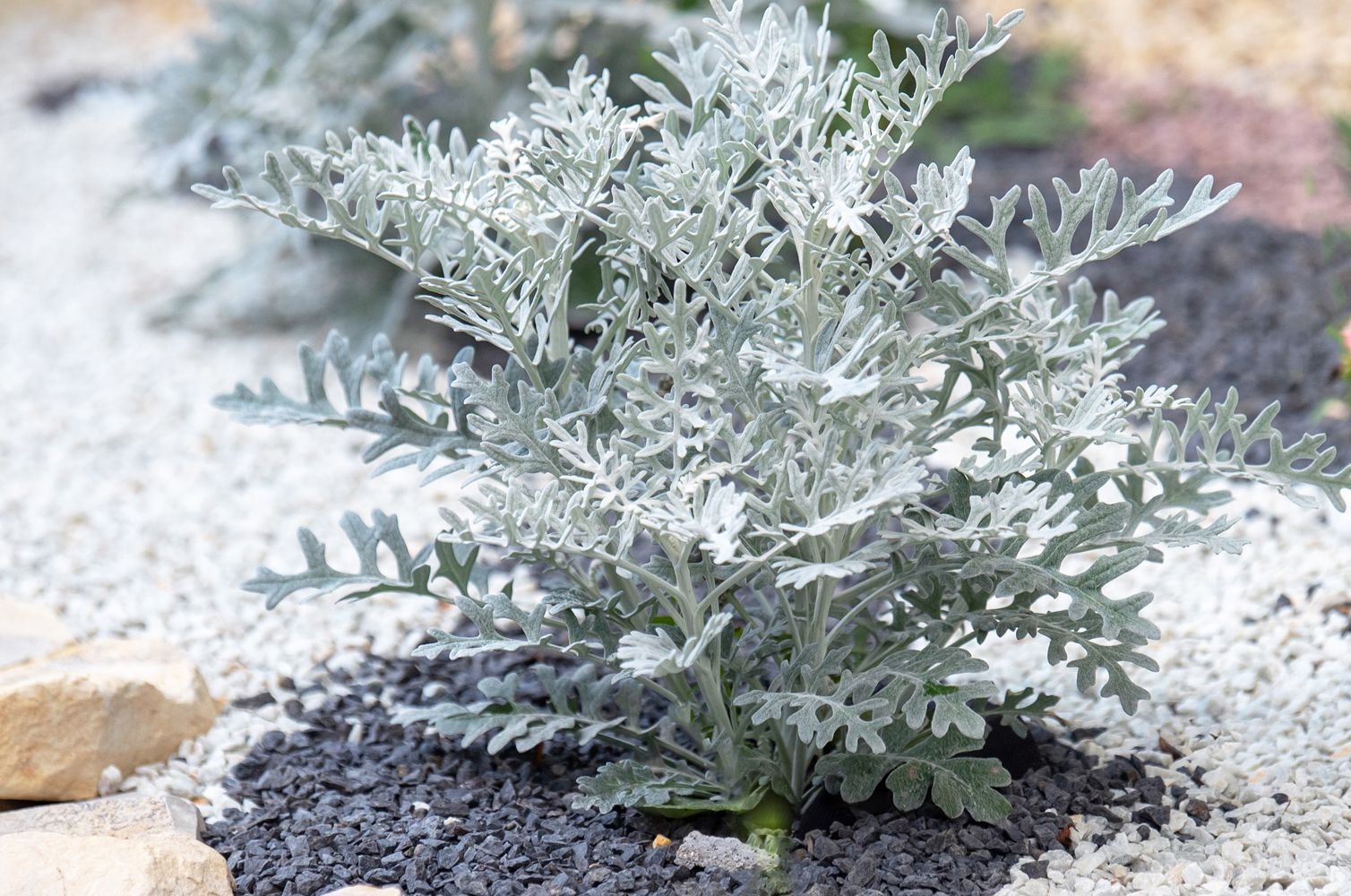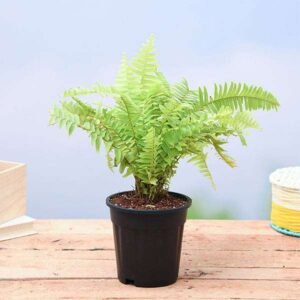Description
Snow Dust Plant: A Glimmering Spectacle of Nature
In the hidden folds of misty highland valleys and wind-kissed alpine ridges, there exists a plant that seems spun from the very breath of winter—delicate, ethereal, and gleaming with silent grace. The Snow Dust Plant, as it is poetically named by herbalists and botanists alike, evokes the shimmering tranquility of a snowy morning, when the world is coated in crystalline frost and time itself seems to pause in reverence. This rare botanical marvel, known scientifically as Bruma silvestris, captivates the imagination with its otherworldly appearance, fascinating ecological role, and subtle medicinal potential.
Appearance and Morphology
The Snow Dust Plant is a perennial herbaceous species that typically grows to a modest height of 20 to 30 centimeters. Its most distinguishing feature is its foliage—velvety, silver-white leaves that appear to have been dusted with frost, even under the summer sun. This illusion is created by a dense layer of fine trichomes, or plant hairs, which scatter light in a way that mimics the reflective shimmer of snow crystals. Under close inspection, the leaves display intricate vein patterns that resemble frost fractals on a windowpane.
During the blooming season, which generally occurs in late spring to early summer, the Snow Dust Plant produces petite, star-shaped flowers that range from a pale bluish-white to icy lavender. Each blossom is composed of five translucent petals that curl delicately at their edges, giving the appearance of frozen lace. The flowers emit a faint, cool fragrance—reminiscent of mint and pine resin—that intensifies at dawn and dusk, likely to attract pollinators such as moths and alpine bees.
The plant’s stems are slender, tinged with subtle blue hues, and they tend to grow in clusters, forming ground-hugging mats that help conserve moisture and resist cold winds. The roots are fibrous and shallow, adapted to cling tightly to rocky or sandy soil in harsh mountainous environments.
Habitat and Distribution
Native to high-altitude ecosystems, the Snow Dust Plant thrives in regions where other vegetation struggles to survive. It is most commonly found in the upper elevations of temperate mountain ranges such as the Alps, Andes, and the Himalayas. It favors well-drained, mineral-rich soil and often grows on north-facing slopes where sunlight is sparse and temperatures remain cool year-round.
Because of its specialized growing requirements, the Snow Dust Plant is not widespread, and sightings are often considered rare and serendipitous. Its presence is typically associated with pristine, undisturbed habitats where air and water quality remain exceptionally high. Botanists have long considered the plant an ecological indicator of environmental purity.
Ecological Significance
Despite its delicate appearance, the Snow Dust Plant plays a surprisingly robust role in its ecosystem. Its dense mat-forming growth helps prevent soil erosion on steep slopes, while its trichome-covered leaves reduce water loss and provide insulation against frost for small ground-dwelling insects. Additionally, its early-blooming flowers provide one of the first nectar sources for pollinators emerging from winter dormancy.
The plant also serves as a minor food source for alpine herbivores such as mountain hares and marmots, though it is not heavily grazed due to the mildly bitter compounds in its leaves. These compounds are part of the plant’s natural defense system, developed to deter pests in an environment where re-growth is slow and costly.
Medicinal and Cultural Uses
In traditional highland medicine, the Snow Dust Plant has long been revered for its cooling and anti-inflammatory properties. Local herbalists often brew a mild tea from the dried leaves and flowers, believed to soothe respiratory ailments, calm fevers, and promote mental clarity. Modern phytochemical studies have identified a range of bioactive compounds in the plant, including flavonoids, terpenes, and small amounts of menthol-like substances, which may account for its reputed health benefits.
Culturally, the plant holds a symbolic place in folklore. In many mountain communities, it is considered a sign of luck or divine protection. Legends speak of travelers who, lost in blizzards, found their way to safety by following trails marked with patches of Snow Dust. In some traditions, it is used in ceremonial rituals to invoke purity, peace, and clarity of mind. The plant’s rare and fleeting beauty also makes it a favored motif in poetry, painting, and embroidery.
Cultivation and Conservation
Due to its aesthetic appeal and medicinal potential, there has been growing interest in cultivating the Snow Dust Plant outside of its native habitat. However, such efforts face significant challenges. The plant’s reliance on specific altitude, temperature, and soil conditions makes it difficult to grow in conventional gardens. Botanical institutions and alpine conservatories have had some success cultivating it in controlled environments that mimic its native range, using cold frames and specialized substrates.
Conservationists have voiced concerns over increasing tourism and habitat degradation in areas where the plant grows wild. Because it is often sought after for ornamental use, illegal harvesting poses a threat to natural populations. Some countries have granted it protected status and are working to promote sustainable cultivation methods to reduce pressure on wild specimens.
Symbolism and Inspiration
The Snow Dust Plant stands as a living metaphor for resilience, purity, and quiet strength. It survives where few other plants can, not by dominating its environment but by adapting subtly and beautifully to its challenges. Its shimmering leaves and delicate flowers remind us of the often-overlooked wonders that exist in remote corners of the world—fragile yet enduring, hidden yet profound.
Artists, poets, and naturalists have long drawn inspiration from the plant’s unique characteristics. In literature, it is often used to symbolize moments of revelation or healing. In visual art, its likeness adorns tapestries and stained-glass windows, especially in cultures that revere winter and mountain landscapes. Its understated glow has even inspired the creation of “frost gardens,” carefully designed spaces that evoke the tranquility of alpine ecosystems.
Conclusion
The Snow Dust Plant is not merely a botanical curiosity; it is a celebration of nature’s capacity to create beauty and function in even the most forbidding places. Its soft shimmer, almost supernatural in appearance, invites contemplation and reverence. As both a scientific marvel and a cultural treasure, the Snow Dust Plant reminds us that even in the coldest, most desolate environments, life can flourish—not with force, but with elegance, subtlety, and quiet grace.







 Chlorophytum, Spider Plant - Plant
Chlorophytum, Spider Plant - Plant 

Reviews
There are no reviews yet.